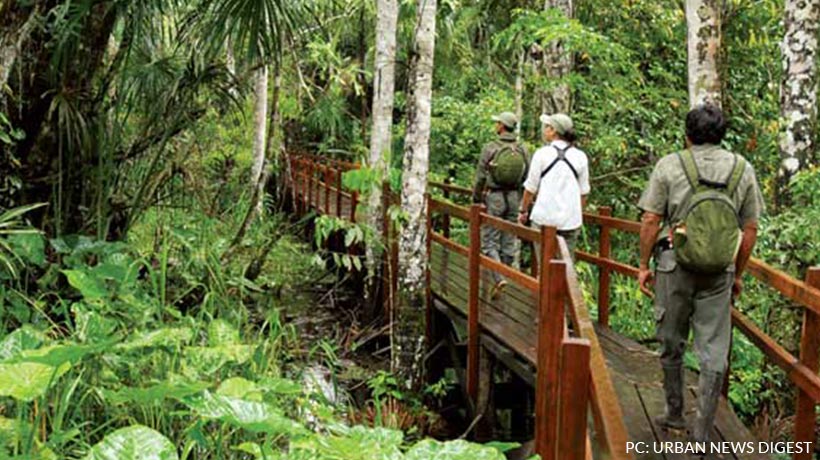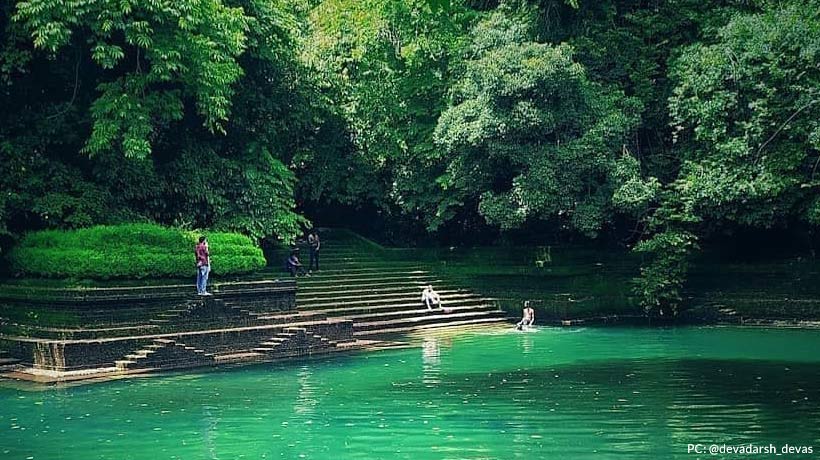When will mankind ever realize that we can never buy back wildlife? Living Beings are independent of their survival. That means human beings should always stand to support living beings that can\’t express themselves. No matter how much we talk about environmental protection and planting trees, our efforts will always go in vain if we don\’t take wildlife conservation seriously.
Conservation is not just about endangered species, it also includes climate change, pollution, and any unlawful activities. Conservation is to stop the waste of resources and protect wild species and their natural habitat. For now, water pollution is a threat to marine life, change in water temperature causes coral reefs to change their color and coral colonies.
Why is Wildlife Conservation is Important?
We all know how important it is to maintain an environment for our existence. The major causes of biodiversity loss and forests\’ degradation include poaching of animals, logging, and urban expansion.

Some of the animals are on the brink of extinction as they have lost their habitat and ecosystem, they need to survive. Our efforts for conservation in this direction can reap fruits that will benficiate the generations to come.
Eco-system Balance
Animals are part of the ecosystem. When the population of certain species reduces another species is threatened. This interrupts the natural food chain and eventually the ecosystem.

Protection of Ecological Stability
If wildlife and their habitats are not conserved, there will be droughts since the destruction of the water supply. Moreover, human activities like deforestation and poaching are negatively affecting the environment. But with the conservation of flora and fauna, ecological stability is encouraged.

Enhance Food, Water, & Air Security
The conservation of flora and fauna ultimately leads to food security for human beings and the availability of clean air and water. That helps in agricultural diversity as well as in protecting the degradation of habitat.

Medicinal Value
The importance of animals and plants for medicinal purposes can not be denied. For instance, cobra venom is vital to make leprosy medication. By conserving wildlife, their natural habitat is also conserved as well as the sustainability of the pharmaceutical industries.

Increase Tourism
Contributing immensely to the GDP of countries, tourism is also affected if wildlife conservation is no taken care of. A host of tourists prefer to go on a vacation in the areas that include wildlife sanctuaries, national parks, forests, and natural beauty. Such Places allow them to participate in many activities like camping, fishing, boat riding, hiking, and trekking.

Preserves Culture
Many places and the livelihood gets affected if their flora and fauna are getting affected. So, to avoid the loss of native heritage and land, conserving the environment is necessary.

Boost Pollination
Since they depend on nectar from flowers, they are vital in crop production, inter-cropping, and promoting the continuity of native plant species. Moving from one flower to another in search of nectar bees carry pollen by sustaining the process of crop growth. Conserving insects, birds, bees, butterflies is crucial for food production as they aid in pollination.

Grow in Employment
Wildlife has many opportunities for people to work in. There are thousands of jobs that sustain people because of wildlife. When animals are there, many people are employed in a zoo or a game park. There are wildlife journalists, photographers, wildlife enthusiasts, who make their living from wildlife. Even people in working in wildlife, as a Guide or a Boat Rider, they all have job associated with wildlife.

Future Generation
Seeing how we are taking steps towards conservation, it is ensured that the generation to come won\’t be able to see the wildlife and nature we are grown up in. Because of human activities and various other factors, host animal species are on a verge of extinction. These species include Black & Javan Rhinoceros, South China Tiger, Sumatran Elephant, Cross River Gorilla, and Hawksbill Turtle.

India is home to a variety of species of flora and fauna. By embarking upon wildlife tours, you get a chance to explore the popular tiger reserves, national parks, wildlife sanctuaries, and biodiversity hubs in India.




